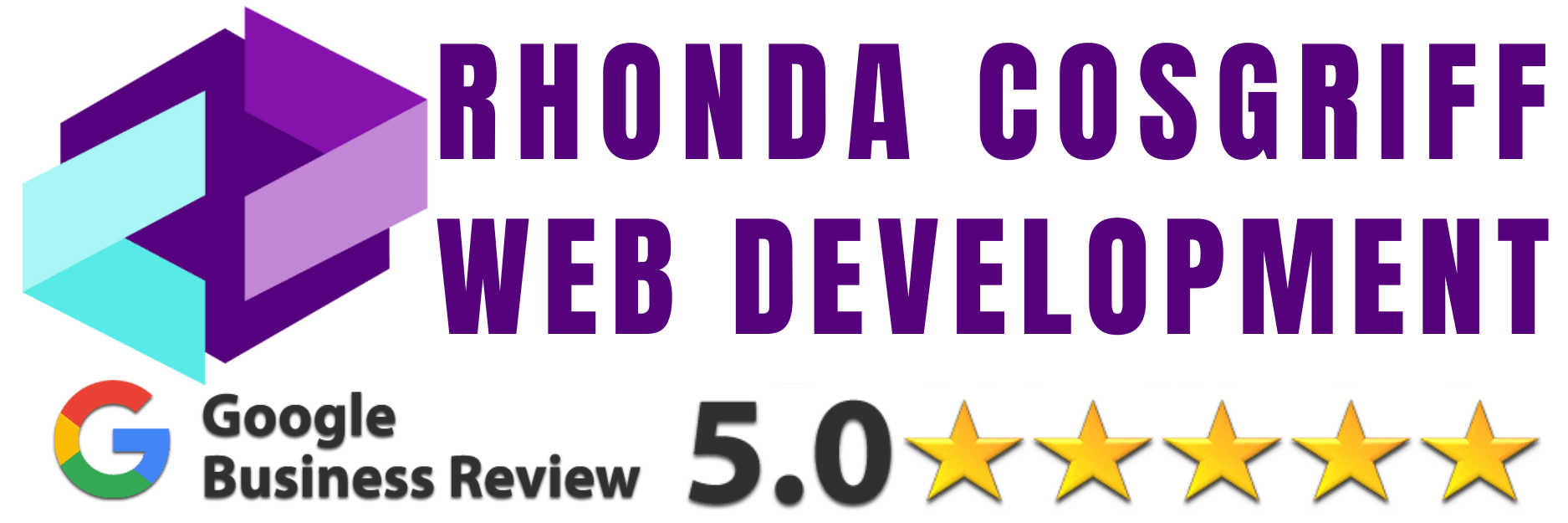Rhonda Cosgriff Web Design
 Harnessing Social Platforms for Marketing
Harnessing Social Platforms for Marketing
Where the online realm dominates the business landscape, social media marketing has emerged as a powerhouse strategy to engage, influence, and captivate audiences like never before. With the advent of social platforms, businesses have found an unprecedented opportunity to connect with their target markets on a personal level, fostering brand loyalty and driving substantial growth. In this comprehensive guide, we delve into the dynamic world of social media marketing and unveil how you can leverage these platforms to not just stay relevant but to flourish in the ever-evolving digital marketplace.
The Evolution of Marketing: From Traditional to Digital
Before we plunge into the depths of social media marketing, let’s take a moment to reflect on the evolution of marketing itself. Traditional marketing methods, while effective in their time, often lacked the precision and direct interaction that modern businesses crave. The rise of the internet and the subsequent surge in social media platforms completely transformed the marketing landscape. It handed businesses a virtual megaphone, enabling them to broadcast their messages to a global audience with astonishing ease.
Unleashing the Power of Social Media Marketing
Building Your Brand Identity
Social media platforms offer an unmatched opportunity to shape and amplify your brand identity. Through carefully curated content, captivating visuals, and engaging narratives, you can create a distinct online persona that resonates with your target audience. From the witty tweets on Twitter to the visually appealing posts on Instagram, each platform provides a unique canvas to showcase your brand’s values, culture, and offerings.
Targeted Audience Engagement
Unlike traditional advertising that often casts a wide net, social media marketing allows you to zero in on a highly targeted audience. This precision targeting is a game-changer. By analyzing user demographics, behaviors, and preferences, you can tailor your content to address the specific needs and desires of your audience. This level of personalization fosters a deeper connection, making potential customers more likely to convert.
 Content Diversification: From Posts to Stories
Content Diversification: From Posts to Stories
The beauty of social media lies in its versatility. From regular posts to ephemeral stories, each content format serves a unique purpose in your marketing arsenal. Instagram Stories and Facebook Stories provide a fleeting yet impactful way to share time-sensitive promotions or give followers a behind-the-scenes glimpse. On the other hand, evergreen posts on platforms like LinkedIn and Pinterest can continue to drive engagement long after they’re published.
Driving Traffic through Social Platforms
While engagement and brand building are pivotal, social media marketing’s impact isn’t limited to these areas alone. Social platforms also serve as a powerful conduit for driving traffic to your website. Strategic placement of links within your posts, profiles, and even using the ‘Swipe Up’ feature in Instagram Stories can channel interested users directly to your website, enhancing your chances of lead generation and conversion.
Crafting Your Social Media Marketing Strategy
Step 1: Set Clear Objectives
A successful social media marketing strategy begins with well-defined objectives. Are you aiming to increase brand awareness, drive sales, or establish thought leadership? Each goal requires a tailored approach, ensuring your efforts are aligned with your overarching business objectives.
Step 2: Know Your Audience
Understanding your audience is the cornerstone of effective marketing. Conduct thorough market research to identify your target demographics’ preferences, pain points, and online behavior. This invaluable insight will inform your content creation and delivery strategy.
Step 3: Choose the Right Platforms
Not all social media platforms are created equal. Your audience’s preferences should dictate your platform selection. For instance, if you’re targeting a younger demographic, platforms like TikTok might yield better results, while a more professional audience might be found on LinkedIn.
Step 4: Develop Compelling Content
 High-quality, relevant content is the currency of social media. Whether it’s informative blog posts, visually stunning images, or entertaining videos, your content should align with your brand and resonate with your audience. Consistency is key, so create a content calendar to ensure a steady stream of engaging posts.
High-quality, relevant content is the currency of social media. Whether it’s informative blog posts, visually stunning images, or entertaining videos, your content should align with your brand and resonate with your audience. Consistency is key, so create a content calendar to ensure a steady stream of engaging posts.
Step 5: Monitor, Analyze, and Optimize
The beauty of digital marketing is the ability to track and measure your efforts. Use analytics tools provided by platforms or third-party applications to monitor the performance of your campaigns. Analyze metrics such as engagement rates, click-through rates, and conversion rates. Based on these insights, refine your strategy for optimal results.
 The Insider’s Views
The Insider’s Views
In conclusion, social media marketing has revolutionized the way businesses connect with their audiences. From building brand identity to driving website traffic, its potential is immense. By crafting a well-defined strategy, understanding your audience, and consistently delivering compelling content, you can harness the power of social platforms to propel your business to new heights of success.
Previous- Pay-Per-Click Advertising (PPC)








